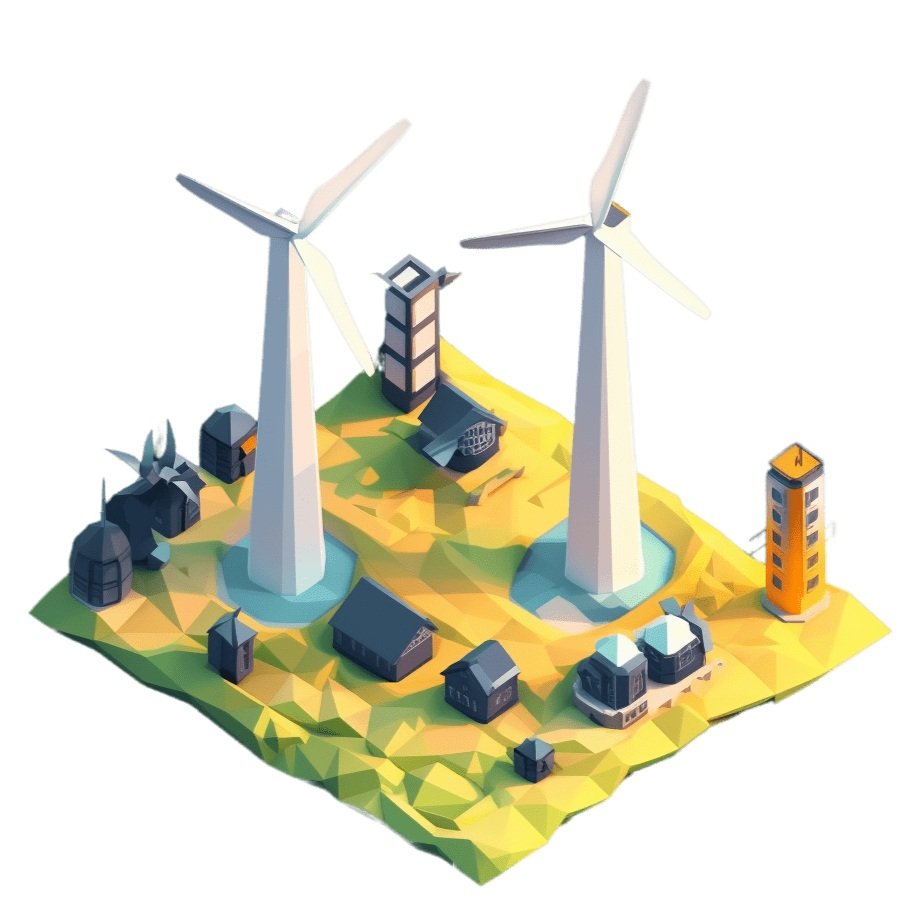Large AI weather model for renewable energy
End-to-end AI weather models and more accurate power forecasting for wind or solar farm owners, portfolio managers, grid operators, TSOs, and energy traders
Predicting weather is not easy. We improve prediction accuracy to reduce cost and make more profits via trading.
Inaccurate power forecasts cause problems for energy traders and TSOs because it’s harder to predict power supply and price fluctuation.
The key to a more accurate power forecast is a brand-new meteorological forecasting model using large weather model with AI
Simba: Large Weather Model for Meteorological Forecasting
Simba, TerraQuanta's AI model for meteorological forecasting, automatically learns from the historical weather data dated back to the 1980s, to generate weather forecasts with industry-leading accuracy and efficiency.
Numerical Weather Prediciton (NWP) models have been used for decades, which highly rely on atmospheric physical models. In a chaotic system like atmosphere, a minor model bias may cause significant error.
Quick Facts about Simba
Billions of Parameters
The model uses approximately 5 billions of parameters to learn atmospheric circulation and climate patterns, and significantly improves the accuracy of weather forecasts on a global scale.
0.1 degree globally
Simba has the highest spatial resolution (according to academically published results) which is comparable with State-of-the-Art global forecasts, with a better accuracy.
OceanStorm
We built novel cloud-native supercomputing system to schedule thousands of GPUs of tens of thousands of CPU cores to compute a single, large task
Super GPU Cluster
We have built HPC cluster with both in-house and cloud-based GPU computing resources, to make sure Simba runs smoothly.
30-90m locally
We uses high-resolution digital surface model to support site-level forecasts. The ground resolution of the digital surface model can be as high as 30 meters, which help us to model each site independently.
7-15 days ahead
We provide verified better prediction accuracy with 7-15 days ahead, and comparable accuracy to SOTA forecasting system in longer terms













